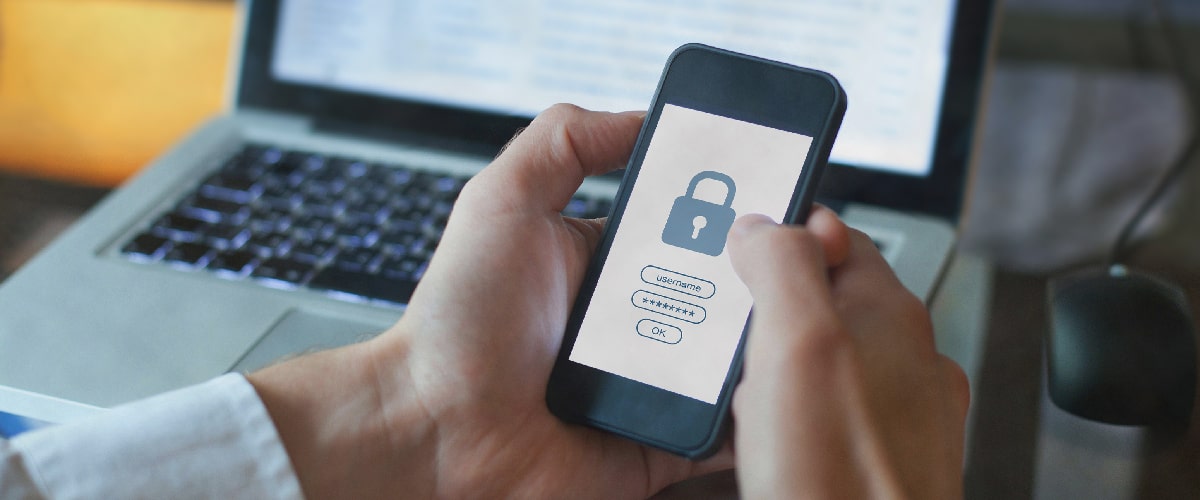 Web Content Viewer
Web Content Viewer
How has COVID-19 Changed the Cybersecurity Landscape?

Since the COVID-19 pandemic began, we have seen a spike in phishing attacks, Malspams, and ransomware attacks, resulting in many infected personal computers and phones. Some attackers are using the pandemic as bait to impersonate trusted brands, and businesses and end-users alike are being targeted.
Another consequence of the pandemic is the wide-scale work from home (WFH) structure implemented last year, which has dramatically altered the cybersecurity landscape. WFH became necessary to keep non-essential workers employed and businesses in operation during the large-scale shutdown, but it was not anticipated by many small to medium businesses. Even as WFH has continued into 2021, some of these companies do not have the necessary corporate security in place to protect their users’ systems, while their workers have become weak points, especially with concerns from VPN connections to map drives.
Cyberthreats continue to be a moving target across the globe
In the age of COVID-19, cyberthreats have primarily been a moving target, and there are various areas that get hot at different times. Initially, the threat was hot in the Asia Pacific area, which then moved to Europe, North America, and then South America. We are recently seeing the cyberthreat shift to Africa. Developed countries have the least problems, while developing countries see much higher cyberthreat infection rates, as these countries typically might not have the monetary investment required to anticipate protecting their users in situations like this. According to Cybersecurity Insiders, the countries which are most vulnerable to cyber-attacks are: Belgium, Dominican Republic, Hong Kong, Samoa, China, Afghanistan, Tajikistan, South Africa, and Australia.
If a breach occurs
In the event of a breach, be equipped for transparency: If an attack occurs, a quick and strategic response is imperative. Aside from making technical decisions in real-time, companies will also be responsible for informing messaging for clients, internal teams, and the public. This cannot be done without a holistic view of the organization’s systems. If you find yourself in the unfortunate situation of being technically outmatched by a breach or ransomware attack for example, enlist the help of a respected third party to thoroughly investigate and help reassure clients you are taking the situation seriously.
The cybersecurity landscape post-Coronavirus
The COVID-19 pandemic should be a wake-up call for everyone. We saw how companies were either well prepared for this event and able to accurately assess how well they did, and others who need to prepare better for the future. Going forward, the cybersecurity landscape must be more proactive and use more budgetary discretion to shore up defenses. Businesses should also test deployment methods and the scale of what is needed to function well and safely in the event of any kind of disruptive scenario.
The more informed you stay about what is ahead, the less likely you will get caught off guard. A global pandemic may have been low on everyone’s cybersecurity threat list, but we have now learned the lesson that no proactive security plan is a wasted investment.
Kevin Beasley
Chief Information Officer
Chief Information Officer
Comments
By using this site you agree to our Privacy Policy and our Terms of Use.
120 Comac Street
Ronkonkoma, NY 11779
Ronkonkoma, NY 11779
 | Vormittag Associates, Inc. ©2025 |
| Vormittag Associates, Inc. ©2025 |